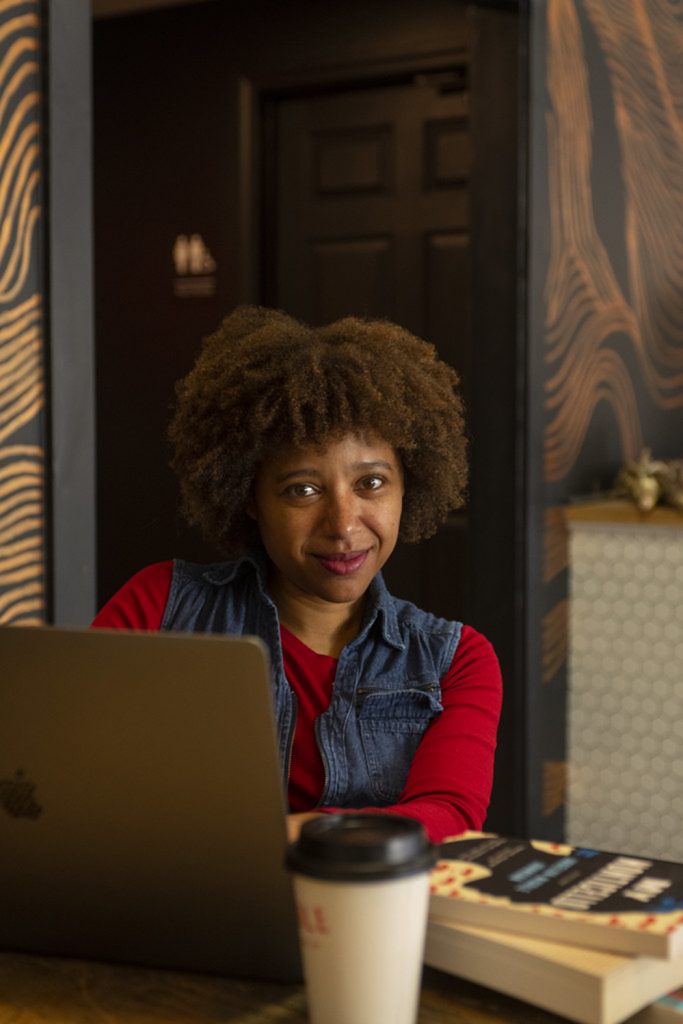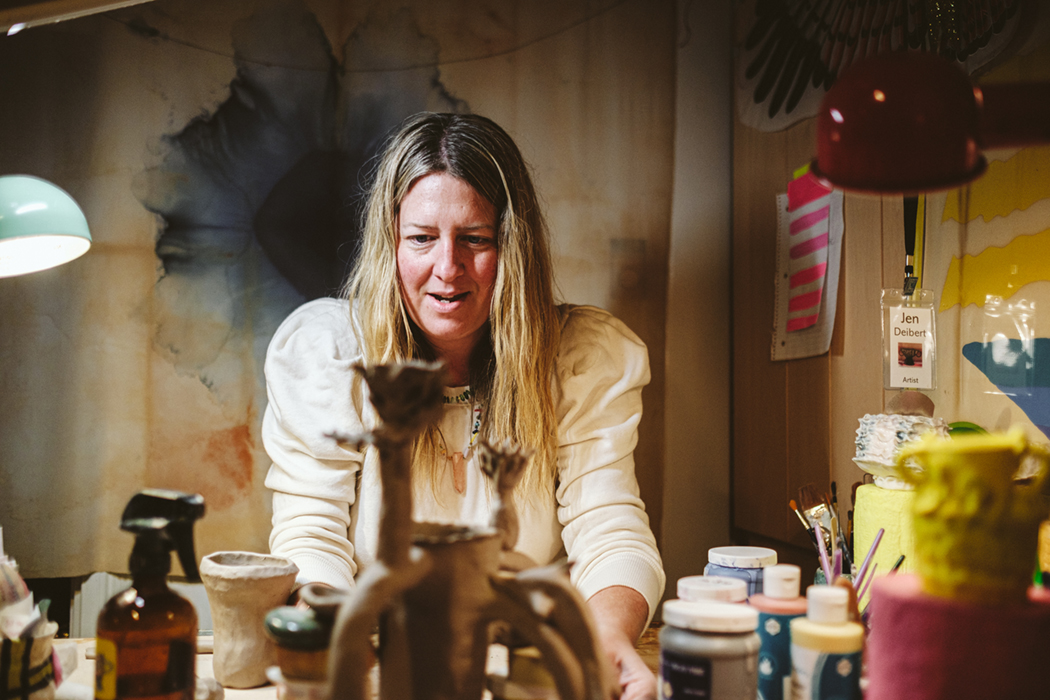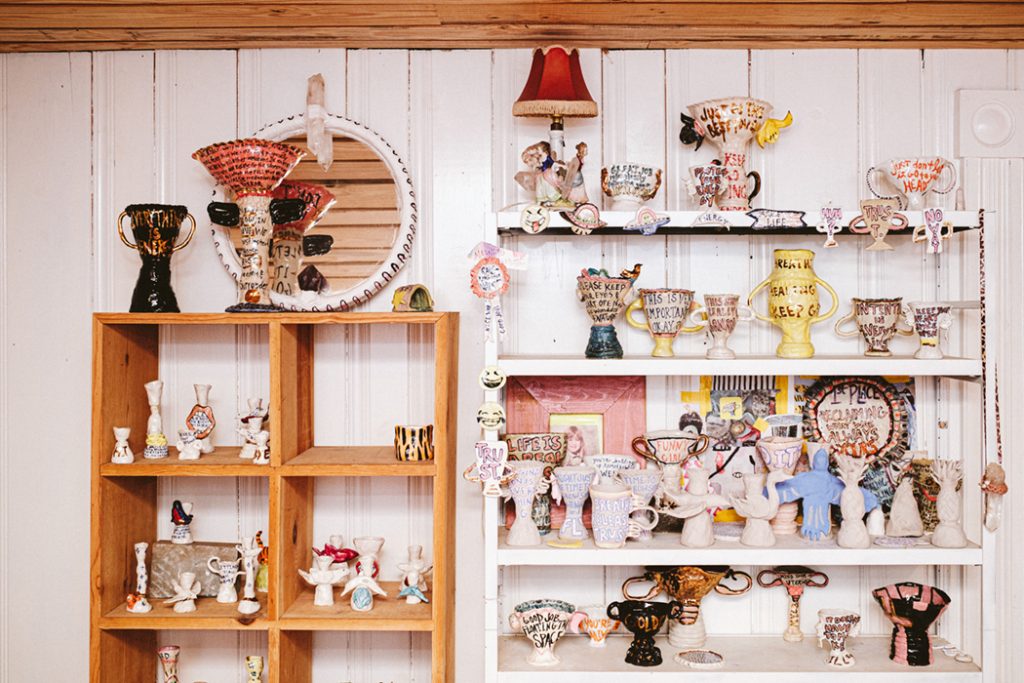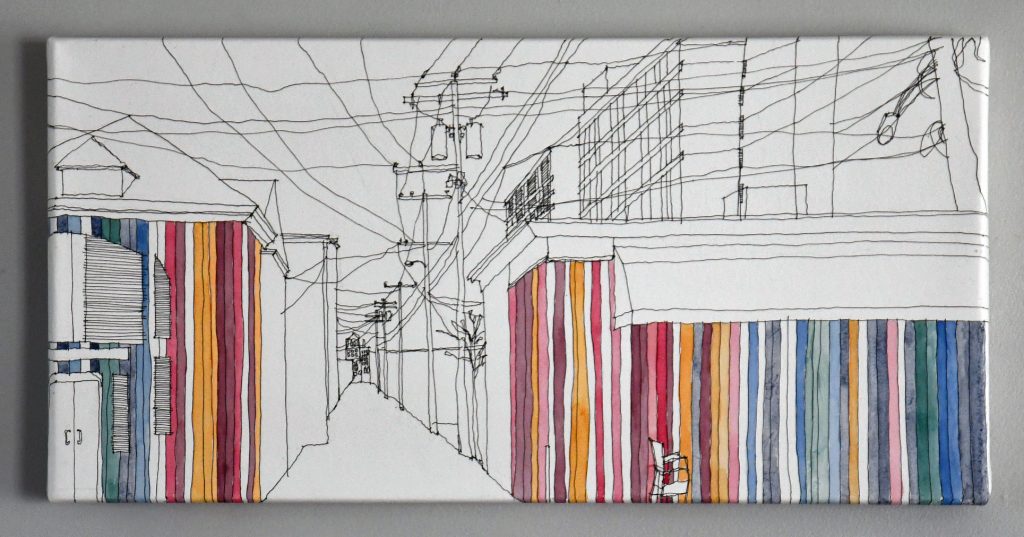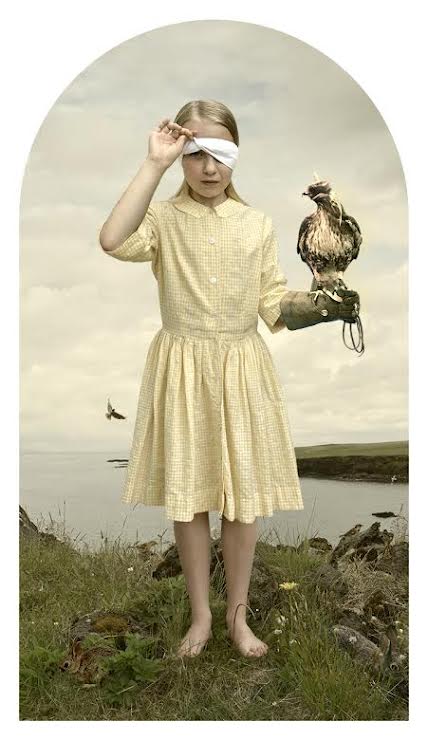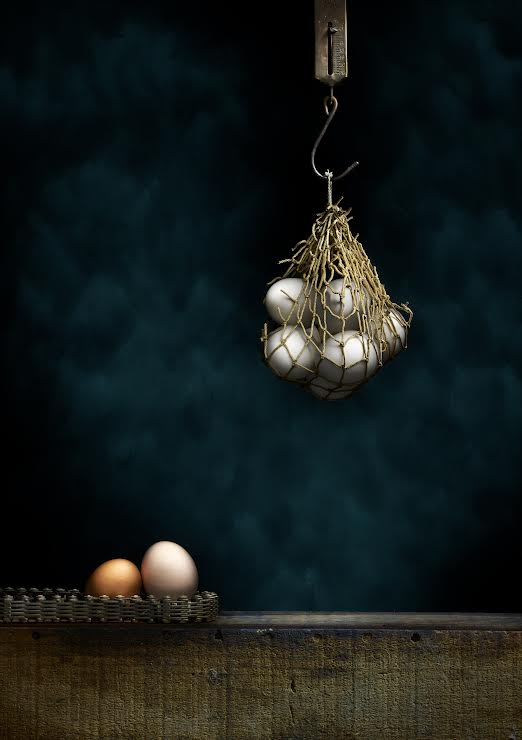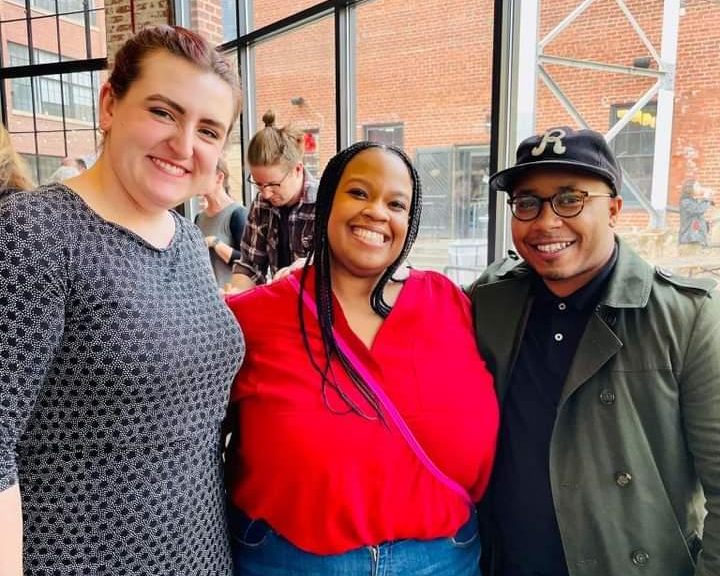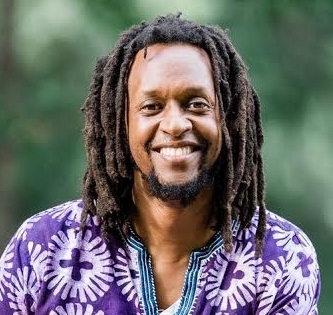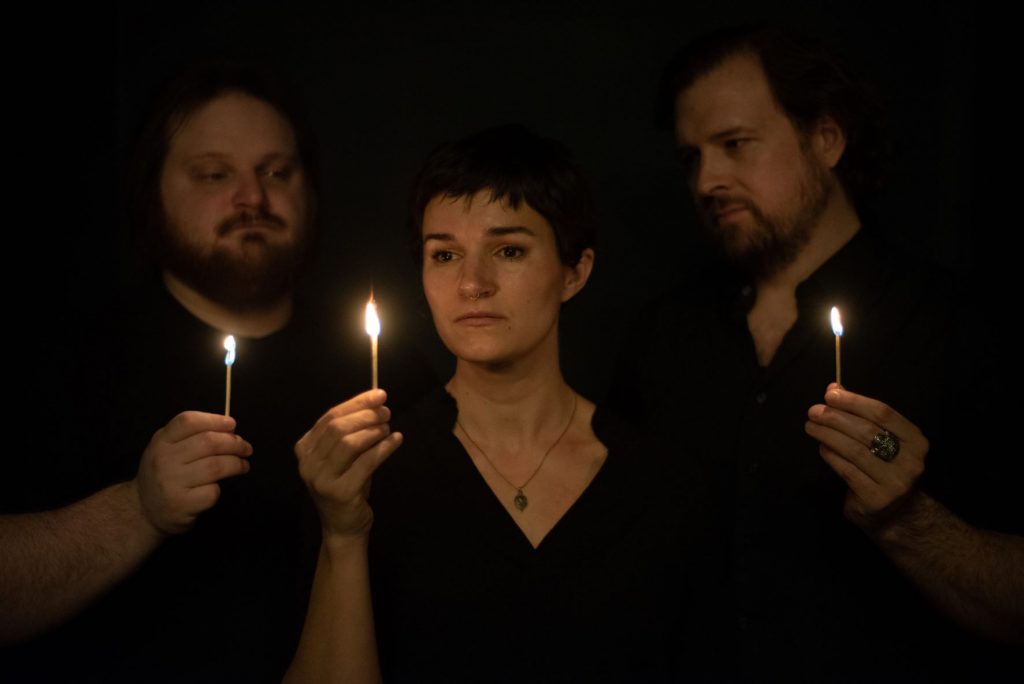Podcasts are the fastest-growing audio entertainment platform in the country, according to the Radio Agency—more than one-third of Americans listen to them regularly. Charlottesville is home to some of the most engaging, from lighthearted chats to compelling true crime investigations. Give these five a stream.—Laura Drummond
“Bold Dominion” “Bold Dominion” covers all things Virginia state politics in succinct snippets. This podcast is a member of the Virginia Audio Collective and produced by WTJU 91.1 FM, the nonprofit radio station at UVA. Knowledgeable host Nathan Moore, WTJU’s general manager, keeps you informed of the most relevant topics impacting our commonwealth, like affordable housing, broadband expansion, abortion access, and right-wing extremism. Airing twice a month, episodes are thoughtful and educational.
“Green Light with Chris Long” Hosted by retired NFL star and UVA football titan Chris Long and his best friend Macon Gunter, “Green Light” is a sports podcast and then some. Rated one of the Top 10 football podcasts by Apple, it offers expert NFL and football analysis through recurring segments with Stanford Steve and Mina Kimes. It also tackles all sorts of other topics—entertainment, parenting, history, politics—nothing is off limits. Long has interviewed the likes of actor Matthew McConaughey, retired NASCAR driver Dale Earnhardt, Jr., and Buffalo Bills tight end Dawson Knox. Most episodes extend beyond an hour, making them perfect listening for long commutes.
“Small Town Big Crime” Focusing on turning up new leads in unsolved cases, this true-crime podcast is hosted by Charlottesville journalists Courteney Stuart and Rachel Ryan. Listen to the complete first season about the 1985 murders of Derek and Nancy Haysom in Bedford County and the subsequent conviction of their daughter and her boyfriend, Jens Soering. This podcast spans an extensive three-year investigation in easily consumable 30-minute episodes. Plans are in the works to cover other cold cases.
“Speaking in Hues” Produced at the UVA Maxine Platzer Lynn Women’s Center, this podcast discusses the experiences of Black women living and working in Charlottesville. It’s hosted by friends and colleagues Taylor Nichols, diversity, equity & inclusion expert and self-described pop culture queen, and Jaronda Miller-Bryant, scholar, mother of two, and self-described vegan fit-goddess. The episodes, usually around half an hour long, delve into topics like code switching, navigating white spaces, food, travel, and so much more.
“Stitch Please” “Stitch Please” is the official podcast of Black Women Stitch, a sewing group that centers Black women, girls, and femmes in sewing. Hosted by Lisa Woolfork, founder of Black Women Stitch and a UVA associate professor of African American literature and culture, this weekly podcast offers short and sweet sewing specifics while furthering the discussions of social justice and empowerment. Notable guests include entrepreneur Carmen Green, author Olugbemisola Rhuday-Perkovich, and dollmaker Tracy Perry.
Honorable Mentions
These local podcasts may not have new episodes, but their archives are robust and thought-provoking.
-“Backstory”
-“Charlottesville Soundboard”
-“Uncommon Voices by United Way”


